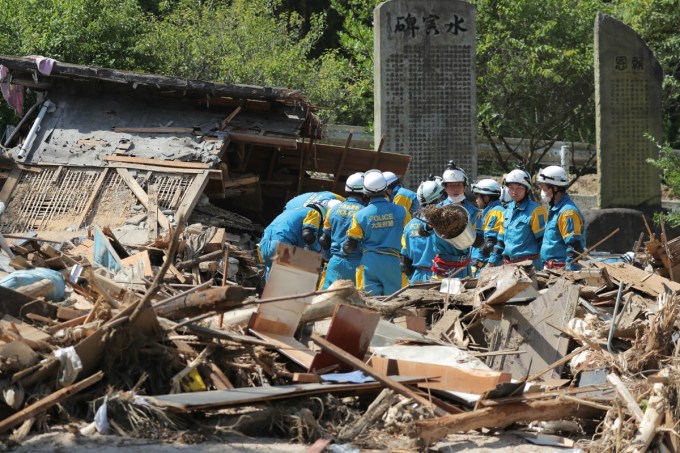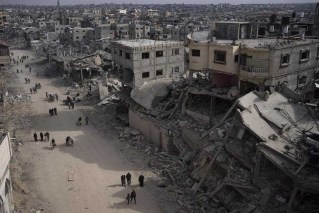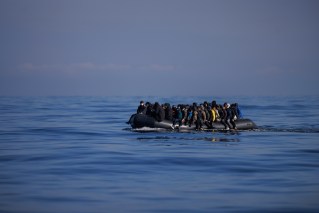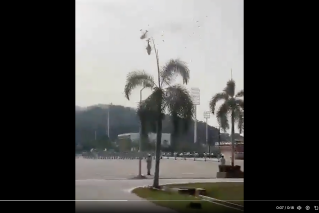Death toll reaches 200 in Japan after the most catastrophic weather event in 36 years

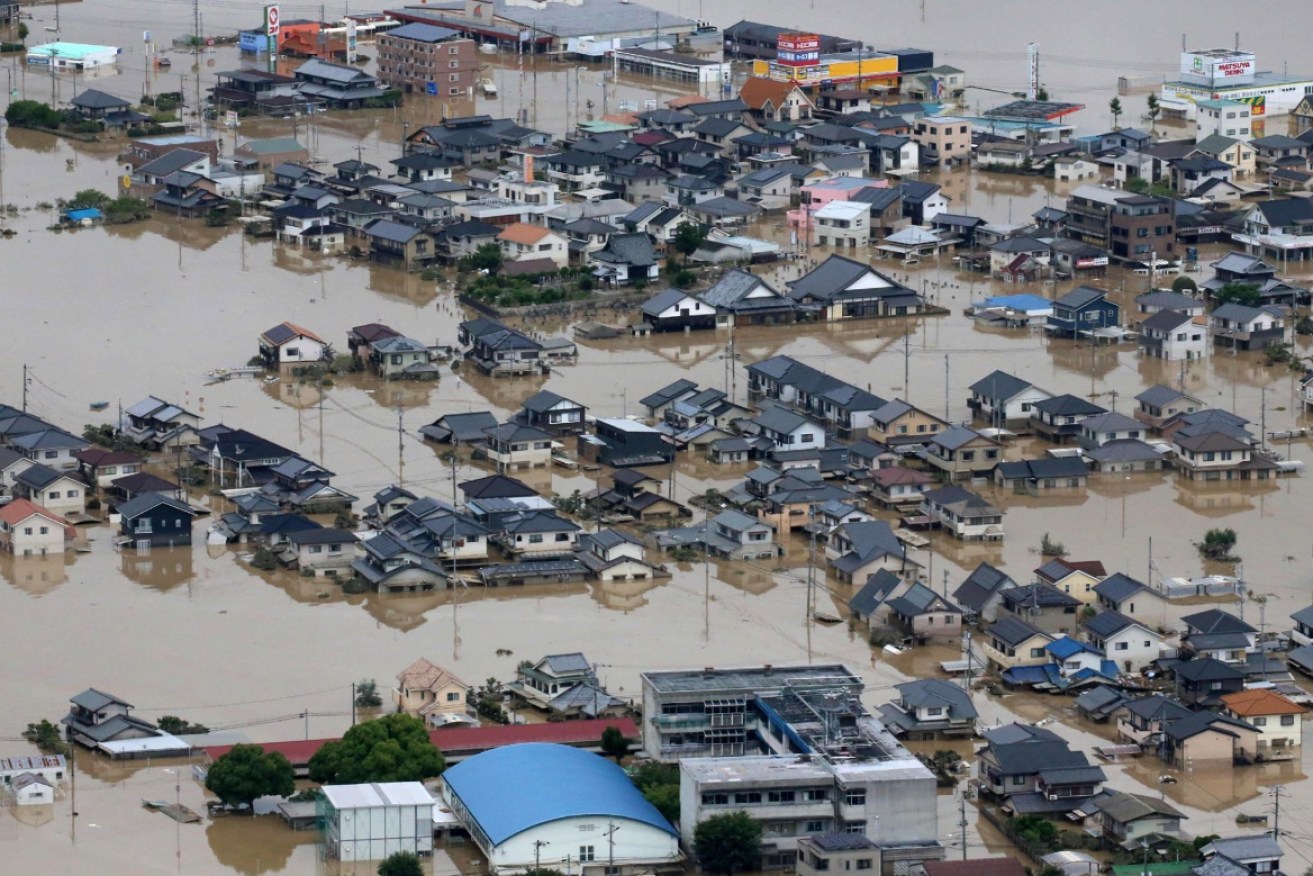
An aerial view of flooded houses in Kurashiki, Okayama prefecture on July 8, 2018 Photo: Getty
At least 200 people have died following sustained heavy rainfall in western and central Japan, causing flash flooding, landslides and submerged floodplains.
More than 2 million people – mostly from the Hiroshima and Okayama prefectures – have been forced to evacuate their homes, with dozens missing in Japan’s worst weather-related disaster in 36 years.
More than 70,000 military, police and fire fighters are toiling through the debris and mud in a grim search for the missing.
Meanwhile displaced residents are sweltering in school gymnasiums and evacuation centres, with only paper fans and floor mats to keep them comfortable as daily temperatures exceed 30 degrees.
More than 200,000 households had no water on Thursday, a week after torrential rains destroyed decades-old communities built on mountain slopes and flood plains.
Authorities have warned the limited water supply is putting people at risk of suffering heatstroke and some fear disease epidemics with few using accessible water to wash their hands.
The government has sent water trucks to the disaster area, but supplies remain limited.
“It’s an undeniable fact that this sort of disaster due to torrential, unprecedented rain is becoming more frequent in recent years,” Chief Cabinet Secretary Yoshihide Suga said at a news conference in Tokyo.
–with AAP
